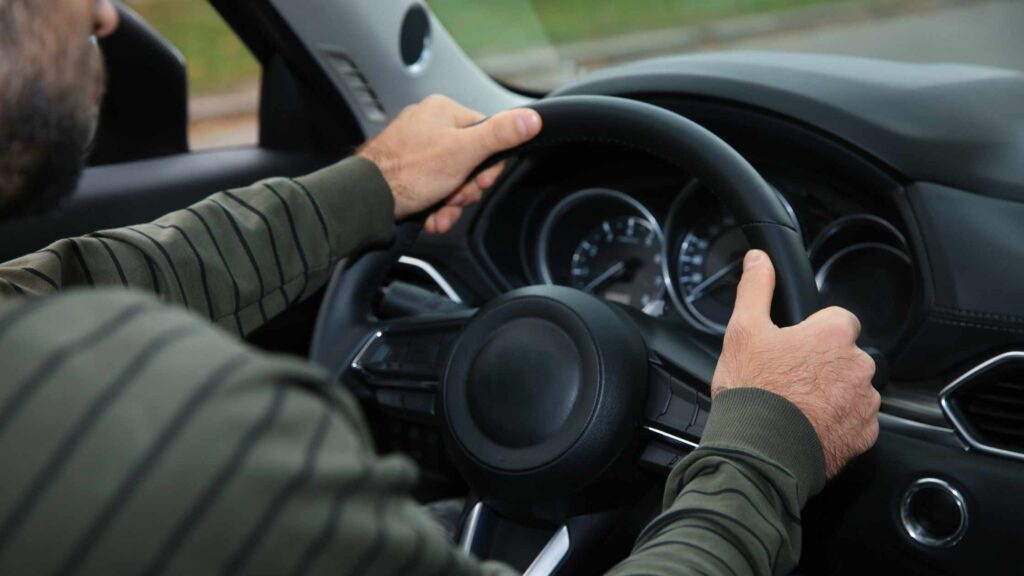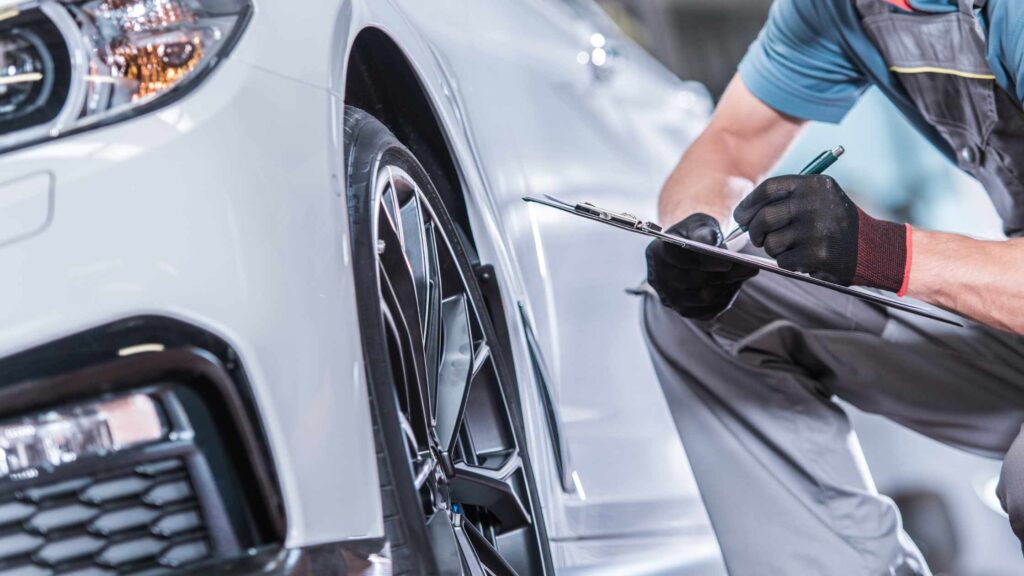Introduction
Buying a car is a significant investment, and it’s important to make an informed decision. One of the most crucial steps in the car buying process is the test drive. This is your opportunity to get a feel for the vehicle and determine if it meets your needs and preferences. In this article, we will discuss the critical factors to look for during a test drive.
1. Comfort and Ergonomics
During a test drive, pay close attention to the comfort and ergonomics of the car. Is the seating position comfortable? Are the seats supportive? Can you easily reach the pedals, steering wheel, and other controls? Remember, you may be spending a considerable amount of time in this vehicle, so it’s important that it feels comfortable and accommodating.
2. Handling and Steering
Evaluate the handling and steering response of the car during your test drive. How does the car feel on the road? Does it handle well around corners? Is the steering responsive and precise? A car with good handling and steering will provide a more enjoyable and controlled driving experience.
3. Acceleration and Braking
Test the car’s acceleration and braking capabilities during your drive. Does the car accelerate smoothly and quickly? Are the brakes responsive and effective? It’s important to feel confident in the car’s ability to accelerate and brake safely and efficiently.
4. Visibility and Blind Spots
Assess the visibility and blind spots of the vehicle. Can you see clearly out of all the windows and mirrors? Are there any significant blind spots that could hinder your driving experience? Good visibility is crucial for safe driving, so make sure the car provides adequate visibility from all angles.
5. Noise, Vibration, and Harshness (NVH)
Pay attention to the noise, vibration, and harshness (NVH) levels of the car. Is the cabin quiet and peaceful, or do you hear excessive road noise and vibrations? A noisy and harsh ride can be tiring and unpleasant, especially during long drives. Look for a car that offers a smooth and quiet driving experience.
6. Interior and Cargo Space
Evaluate the interior and cargo space of the vehicle. Is there enough legroom for passengers? Can you comfortably fit your belongings in the trunk or cargo area? Consider your lifestyle and needs when assessing the car’s interior and cargo space. It’s important to choose a car that accommodates your requirements.
7. Technology and Features
Take note of the technology and features available in the car. Does it have a user-friendly infotainment system? Are there safety features such as blind-spot monitoring and lane departure warning? Consider which technology and features are important to you and make sure the car offers them.
8. Fuel Efficiency
Consider the fuel efficiency of the vehicle. How many miles per gallon does it get? A car with good fuel efficiency can save you money in the long run. Take into account your driving habits and calculate the potential cost of fuel for the car you’re considering.
Conclusion
A test drive is a crucial part of the car buying process. By evaluating the factors mentioned above, you can make a more informed decision about your purchase. Remember to consider your personal preferences and requirements when test driving a car. Don’t be afraid to take your time and thoroughly evaluate each aspect. With these critical factors in mind, you’ll be well-equipped to choose a car that meets your needs and provides an enjoyable driving experience.







